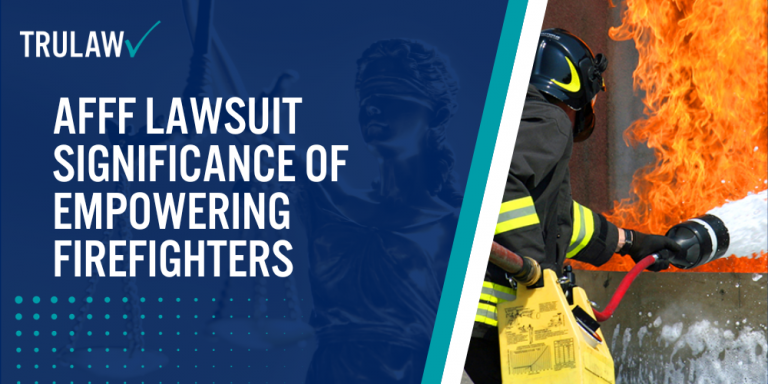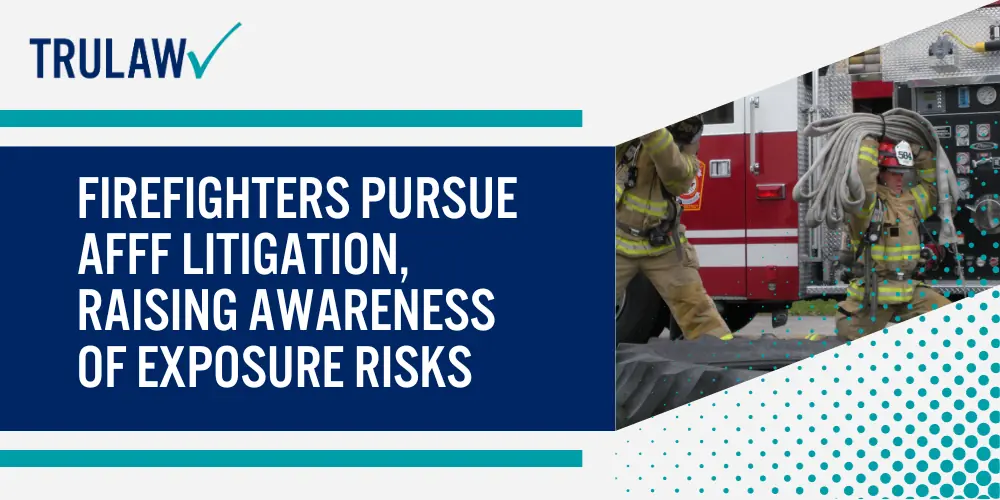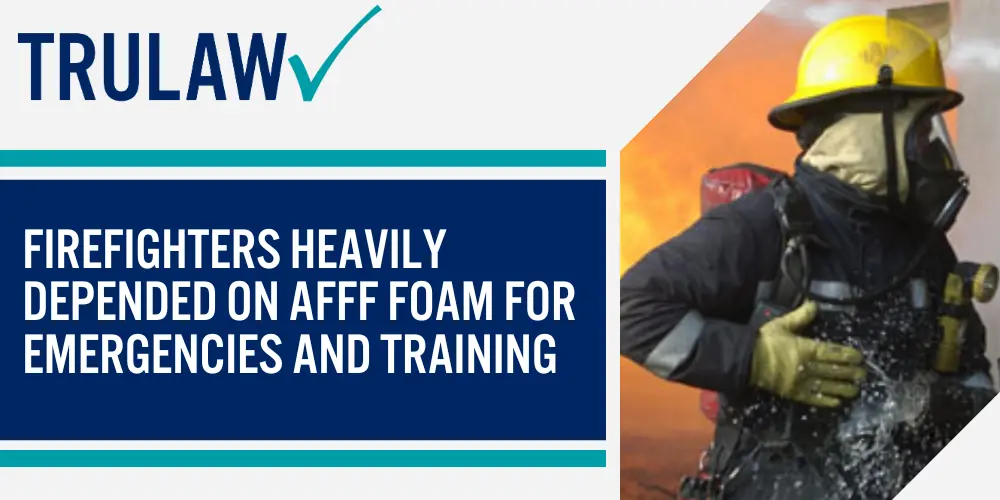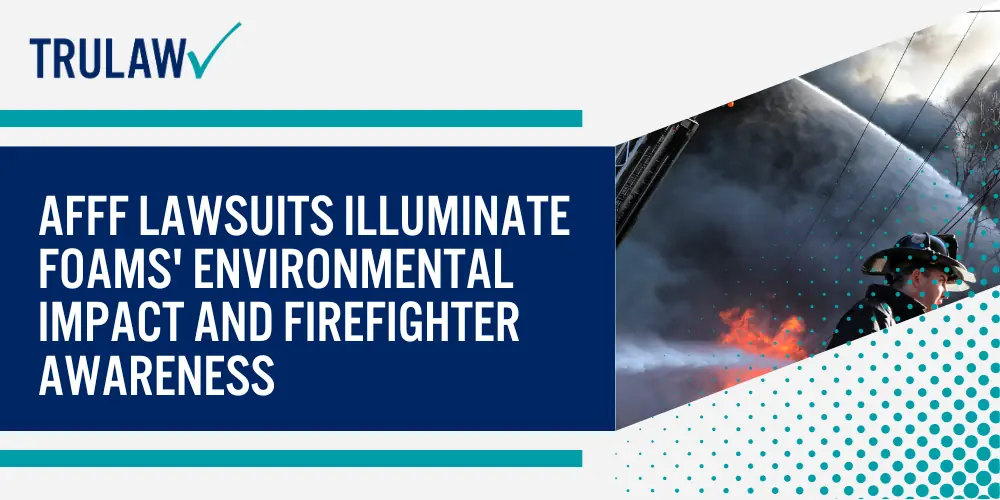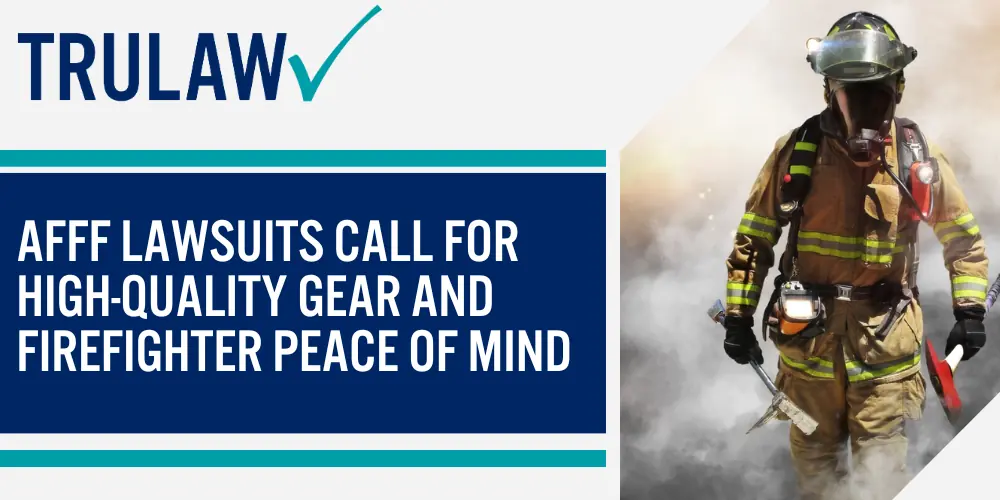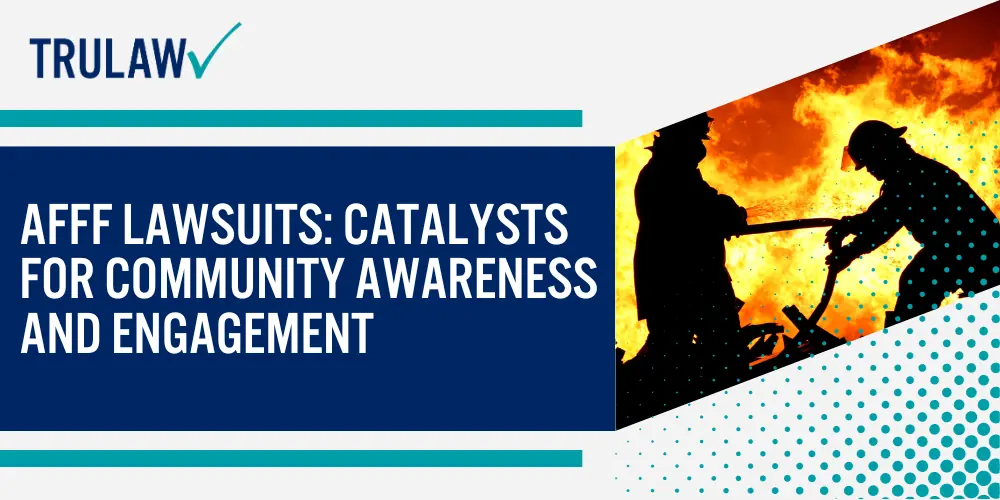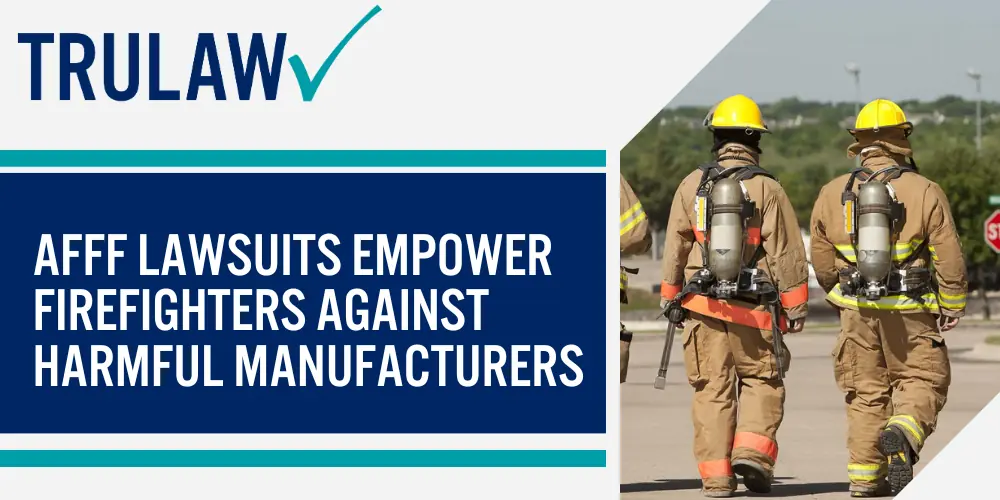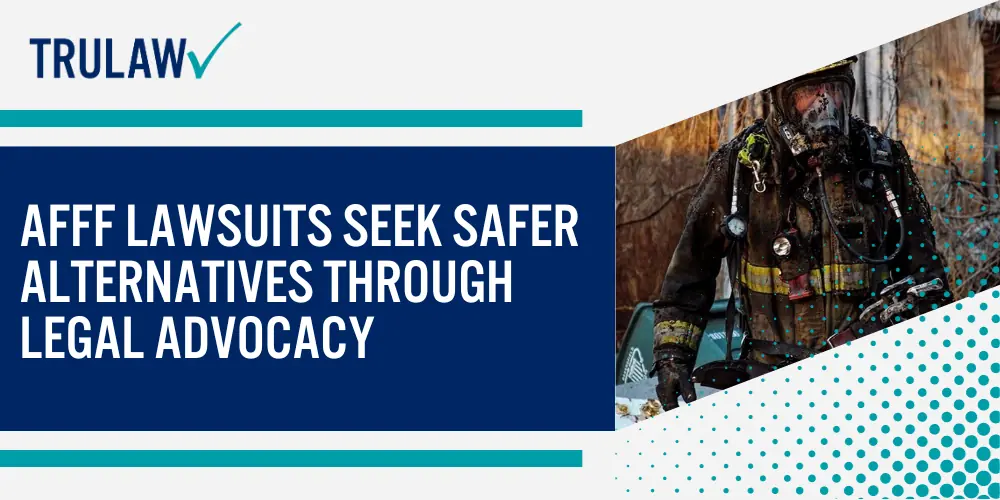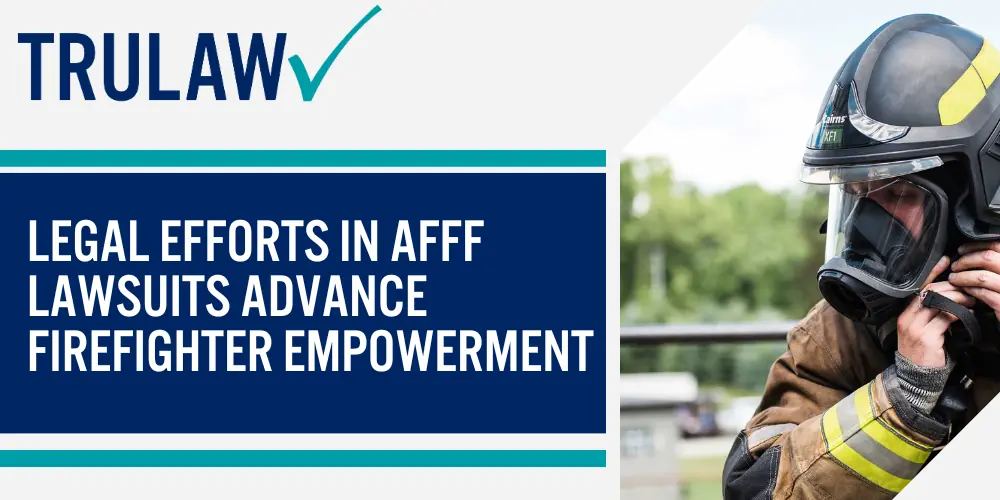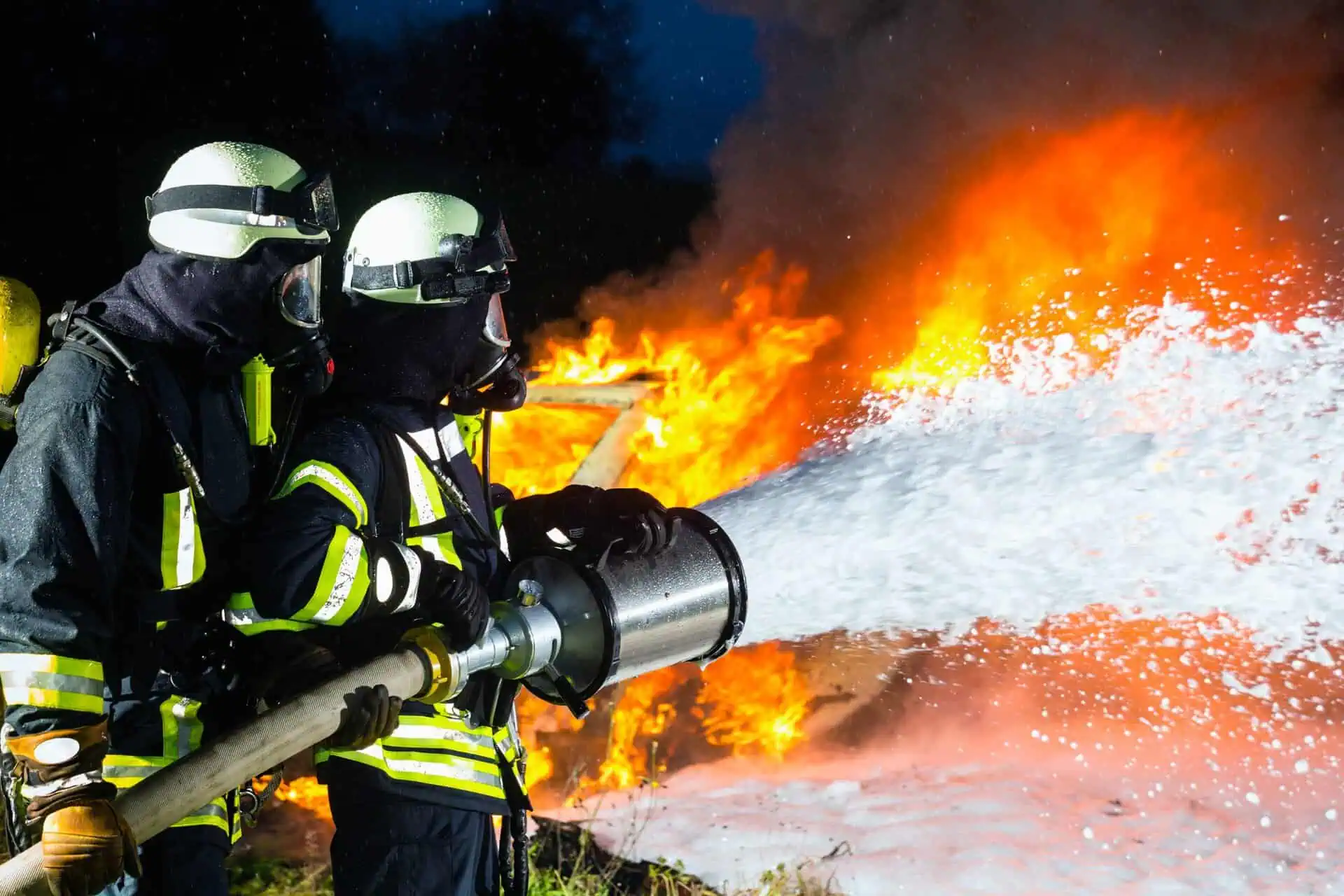AFFF lawsuits serve as an important tool in empowering firefighters with legal recourse.
These cases play a crucial role in holding manufacturers of toxic firefighting foam responsible for the health risks they pose.
The mounting legal challenges force corporations to reevaluate their products, focusing on safety and environmental responsibility.
Firefighters have always been on the front lines, constantly exposed to AFFF, a blend of toxic chemicals that includes PFAS resulting in various forms of cancer and other occupational hazards.
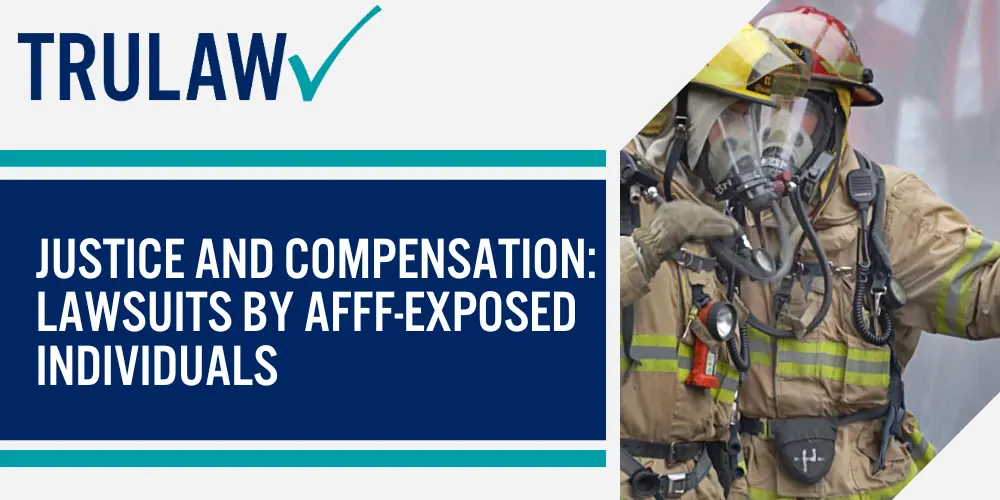
These brave individuals exercise their right to justice through lawsuits, seeking compensation for injury and disease linked directly to exposure from AFFF firefighting foams.
These suits illuminate past corporate irresponsibility and forge a path toward better firefighter training techniques and gear improvement.
Lawsuits stimulate innovations to prevent future chemical exposure-related mishaps while promoting more robust safety measures during training exercises.
Aside from this, AFFF lawsuits foster community engagement by opening dialogue about healthy fire suppression alternatives free from harmful toxins such as PFAS compounds embodied within regularly used firefighting foams.
In terms of advocacy for firefighter rights—these AFFF lawsuits stand tall as catalysts enhancing legislative protection efforts against negligent corporate behavior—and strengthening regulations governing chemical usage in fire suppressants foreseen through compliance.
Finally, yet importantly, through these landmark legal initiatives, we witness tangible proof towards efficient progression—an environment fostering healthier firefighters alongside safer communities around us all—all because those impacted decided the future should hold better prospects than what’s behind.
Fighting Back: How AFFF Lawsuits Empower Firefighters
AFFF lawsuits grant firefighters a powerful tool to fight back.
These legal actions primarily target manufacturers like 3M and DuPont, who produced an aqueous film-forming foam (AFFF) that is now linked to increased cancer risks among those exposed, especially firefighters.
The lawsuits aim to gain compensation for individual victims’ medical expenses and suffering and ignite change in industry practices.
Through these suits, lawmakers are prompted to enact tighter regulations on such hazardous substances while companies are pressured into innovating safer firefighting technologies.
Consequently, these legal proceedings foster a more protected environment for these brave men and women dedicated to public safety.
Legal Protections and Firefighter Empowerment Through AFFF Lawsuits
AFFF lawsuits are increasingly empowering firefighters, providing them with the legal protections necessary to fight back against potential harm caused by chemicals in firefighting foam.
As thousands of these legal actions emerge nationwide, a pronounced shift is occurring towards holding manufacturing giants such as 3M and DuPont accountable for PFAS contamination.
A major benefit of this litigation process is its significant role in raising awareness about the issues related to AFFF exposure.
Firefighters now find themselves better equipped with knowledge and resources, allowing them to push forward their demands for safer alternatives and more rigorous health protocols.
This empowerment through litigation comes from individual claims and class-action suits, which stress solidarity amongst those affected.
With an increasing number of occupations exposed to toxic firefighting foam choosing to file AFFF lawsuits, there’s a growing sense of support and unity, strengthening the collective voice demanding justice against unregulated chemical exposures that risk their health every day at work.
